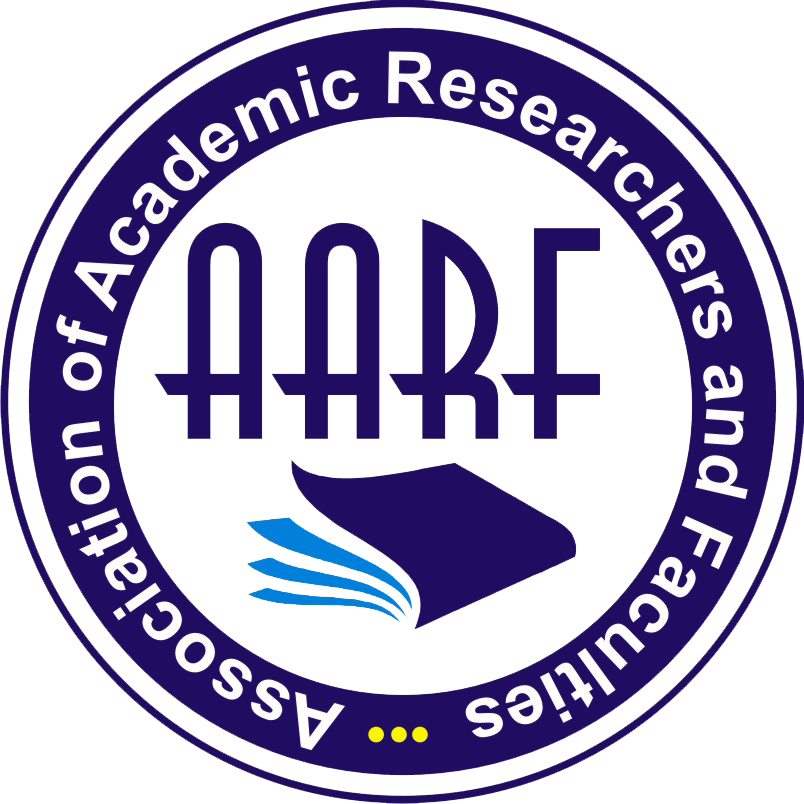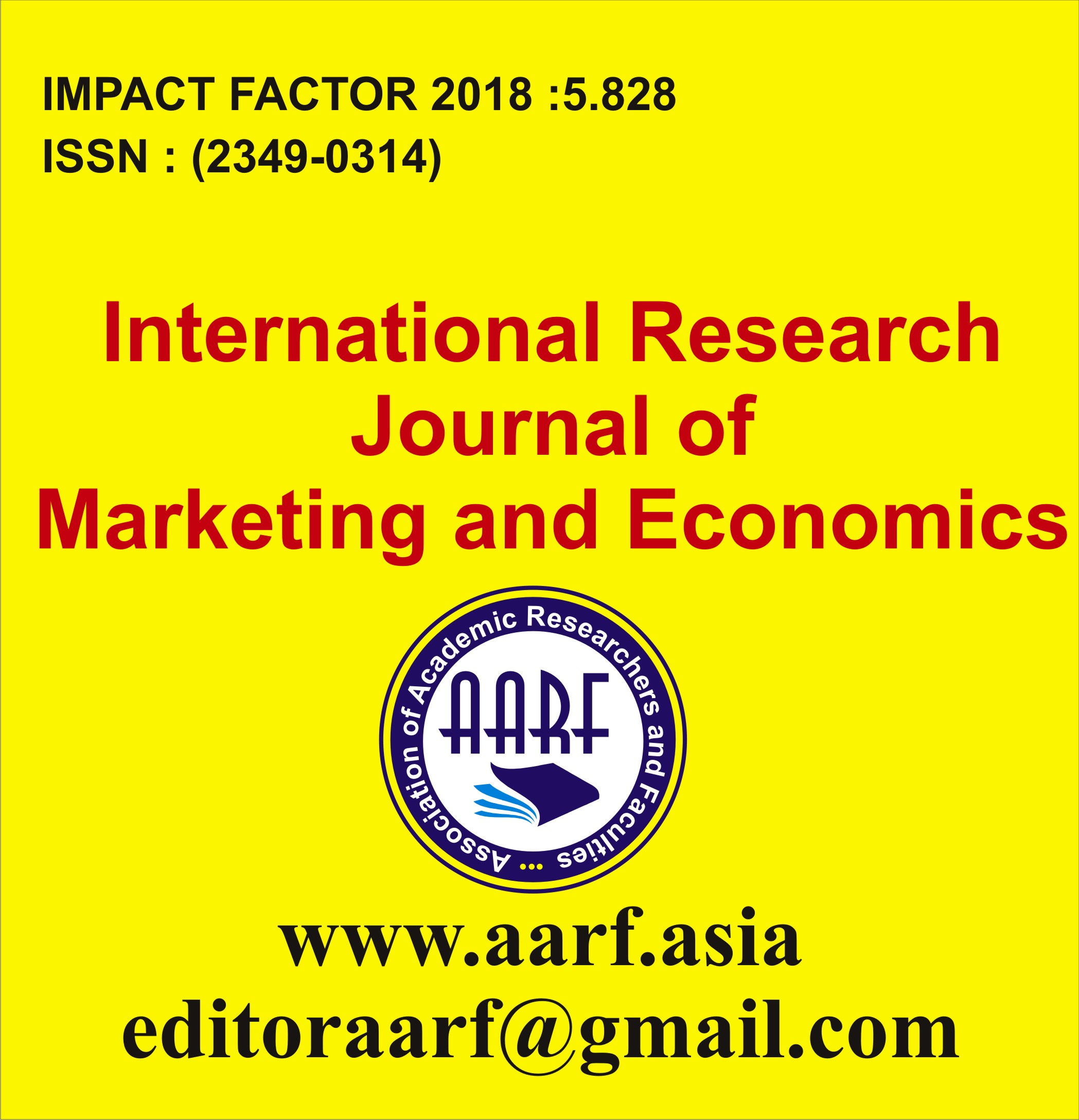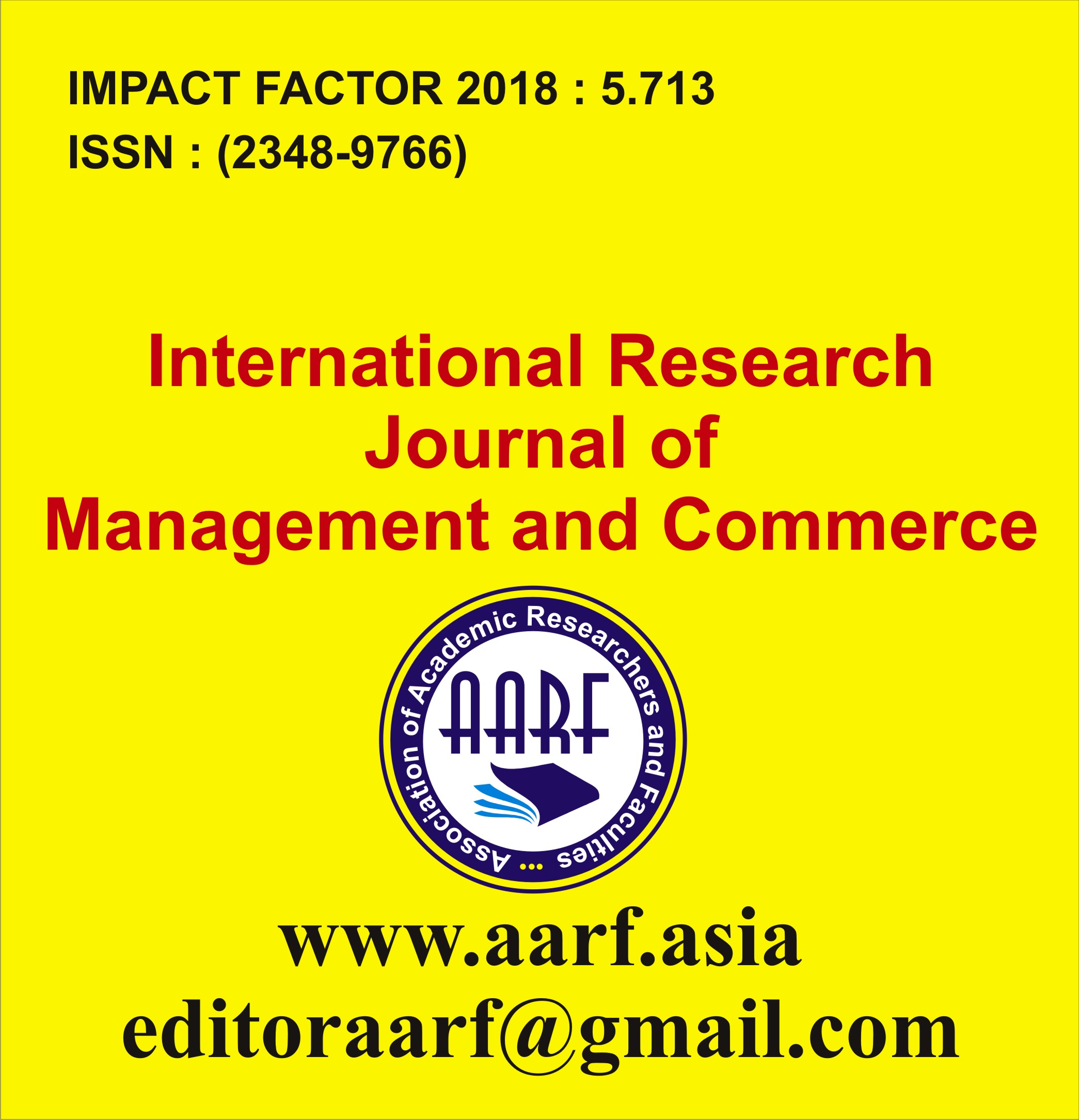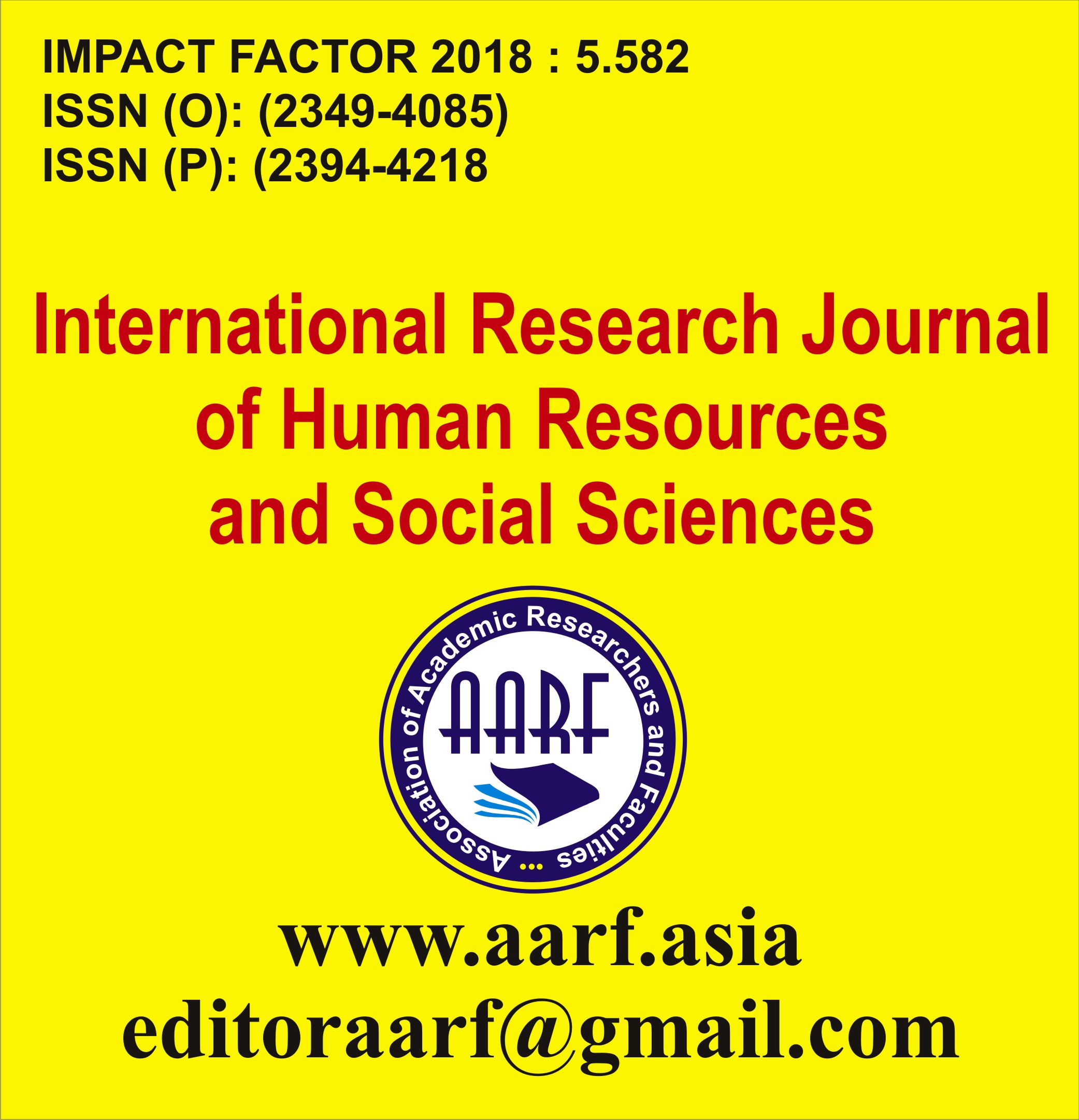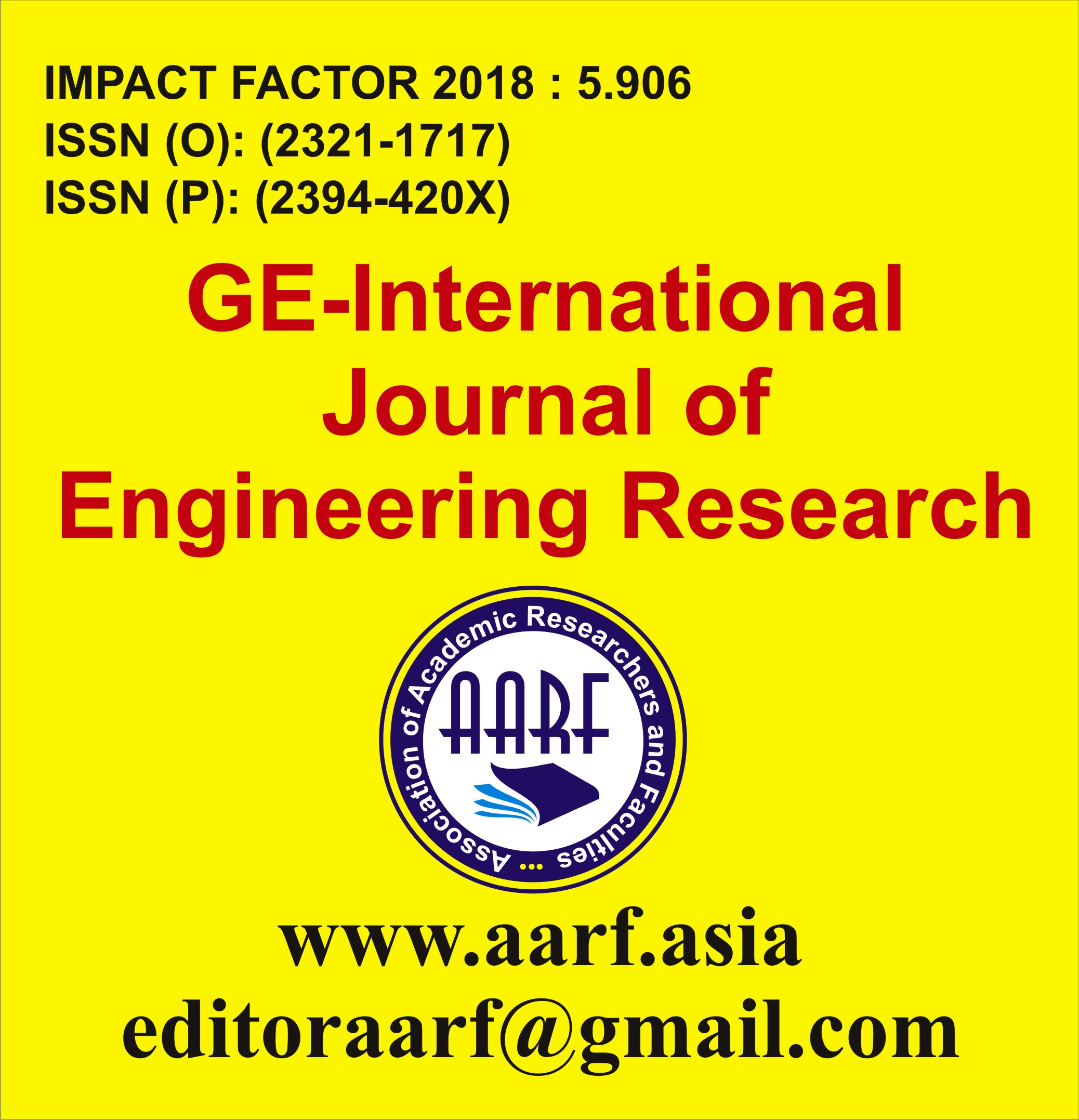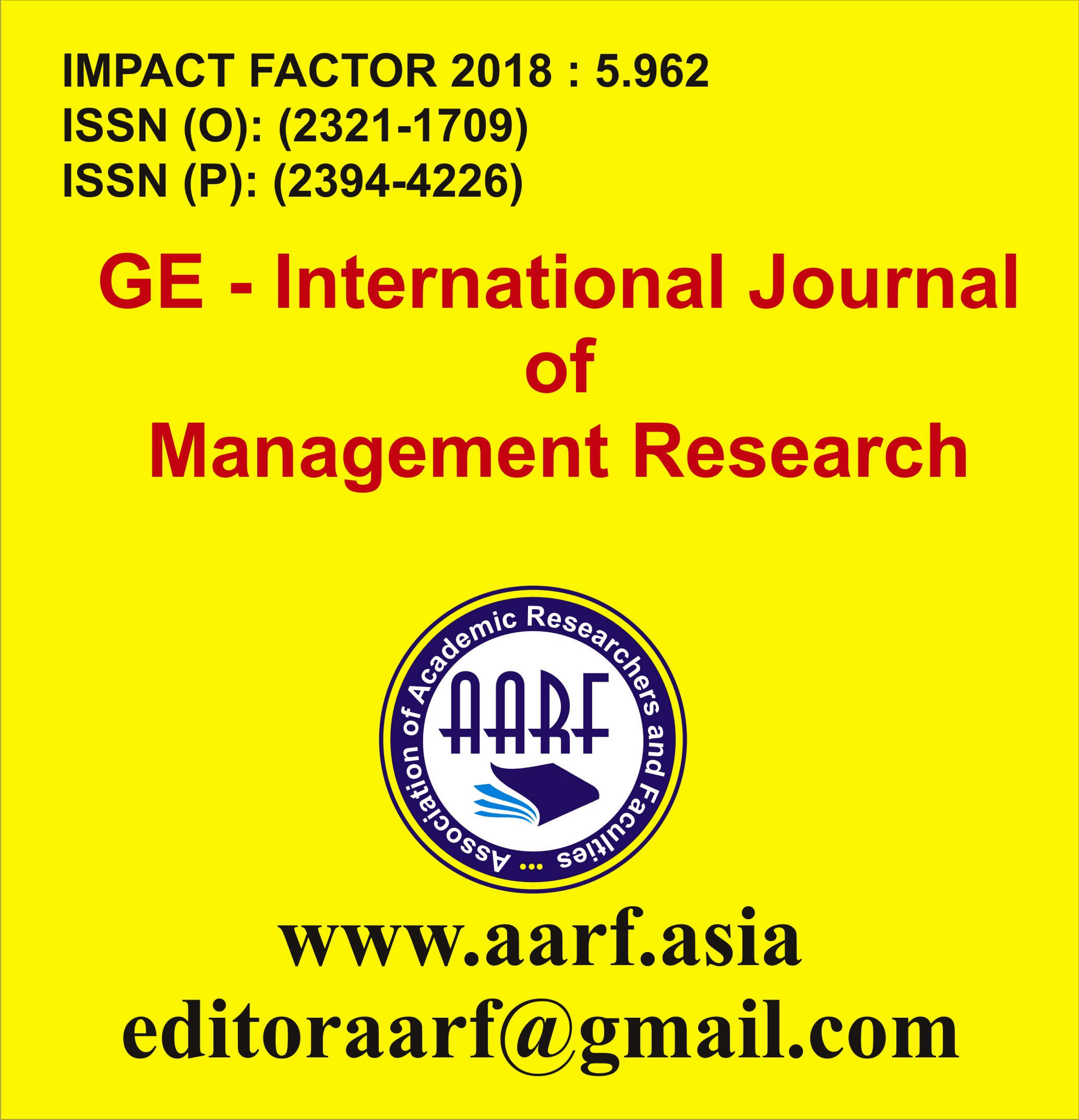
- Current Issue
- Past Issues
- Conference Proceedings
- Submit Manuscript
- Join Our Editorial Team
- Join as a Member

| S.No | Particular | Page No. | |
|---|---|---|---|
| 1 |
डा0 ज्योति साह,Abstract: भूमंडलीकरण के बाद आज हम ऐसे युग में जी रहे हैं, जहां अनियंत्रित विकास और राजनैतिक हठधर्मिता मनुष्यता और प्रकृति दोनों के संतुलन के लिए खतरा बन गए हैं। कृत्रिम बुद्धिमता (आर्टिफिशियल इन्टेलिजेन्स) के युग में तकनीकी विकास संस्कृति और सामाजिक जीवन के विविध पक्षों को प्रभावित कर रहा है। आज विश्व में हर तरफ़ अशान्ति व्याप्त है, कई देशों के मध्य युद्ध/अघोषित युद्ध निरन्तर जारी हंैैं। अधिकांश देश आंतरिक कलह के कारण अशंात हैं। भारत में भी सीमा पर पड़ोसी देशों के साथ तनाव के साथ साथ धर्म, जाति, भाषा, क्षेत्रवाद, आतंकवाद आदि के मुद्दे अशंाति उत्पन्न कर रहे हैं। हमें एक ऐसे दर्शन की आवश्यकता है, जो समाज को पुनः सही मार्ग पर अग्रसर कर सके। भारतीय विदत्त समाज द्वारा वर्तमान समस्याओं से मुक्ति का मार्ग पारंपरिक भारतीय ज्ञान, जो उसके विविध दर्शन और जीवन पद्धति में परिलक्षित होता है, में खोजे जाने का प्रयास किया जा रहा है। । |
|
1-9 |
| 2 |
Dr. Hemamalini H.C, Dr. Kasturi.S.PesalaAbstract: In the evolving landscape of teacher education, non-cognitive attributes play a pivotal role in shaping effective educators. This study explores the relationship between Emotional Intelligence (EI) and preferred Learning Styles (LS) among Bachelor of Education (B.Ed.) learners at the Indira Gandhi National Open University (IGNOU), a premier institution for Open and Distance Learning (ODL) in India. The B.Ed. program at IGNOU caters to a diverse cohort of in-service teachers who must navigate the challenges of self-directed learning. This paper posits that a learner's emotional intelligence—their ability to perceive, use, understand, and manage emotions—significantly influences their adaptability and preference for certain learning modalities. Using a correlational research design, this study hypothetically surveyed a sample of IGNOU B.Ed. learners from the Bangalore region. Standardized tools for assessing Emotional Intelligence and the VARK (Visual, Aural, Read/Write, Kinaesthetic) learning styles were employed. Preliminary analysis suggests a significant positive correlation between higher EI scores and a multimodal learning style preference, indicating that emotionally intelligent learners are more flexible and effective in varied learning environments. Conversely, learners with dominant unimodal preferences (e.g., solely Visual or Read/Write) may exhibit varied EI profiles. The findings hold profound implications for curriculum design, pedagogical strategies, and academic counselling within the ODL framework. By understanding this relationship, institutions like IGNOU can better support their learners, foster holistic development, and enhance the efficacy of teacher training programs. |
|
10-16 |
| 3 |
Dr. Sonam Pema LarjeAbstract: There are four main schools of Tibetan Buddhism. Nyingma, Sakya, Kagyu and Geluk. All four schools identify themselves as belonging to the Mahayana or Great Vehicle tradition and therefore are proponents of universal enlightenment. Historically, the Mahayana tradition of Buddhism spread to China, Japan, Korea, Tibet, Mongolia, and all the regions of the Tibetan cultural sphere, including Bhutan and the entire Trans-Himalayan areas of India. All orders of Tibetan Buddhism follow the vinaya of the Mula-Sarvastivada school, which has been the standard in Tibetan monasteries since the founding of the first monastic institution at Samye . In addition, they also share the same corpus of philosophical liturgical texts imported from India, and all four orders present a path to enlightenment that incorporates practices of sutra and tantra systems. They also share some common assumptions about the systems they inherited from India. It is generally agreed that the Buddha taught different doctrines and practices for different groups of trainees. The Buddhist teachings have evolved into three distinct vehicles: the Lesser Vehicle (Hinayana), the Greater Vehicle (Mahayana), and the Vajrayana Vehicle. Each of which was intended to appeal to the spiritual capacities of particular groups. Hinayana was presented to people with an interest in personal salvation, in which one transcends suffering and is liberated from cyclic existence . The intended guidance of Mahayana teaching included people with the capacity to feel compassion for the suffering of others and with an interest in a path in which one seeks enlightenment to help sentient beings overcome their sufferings. Vajrayana practitioners are those who have a strong interest in the welfare of others, with a strong determination to attain enlightenment as quickly as possible and the spiritual capacity to pursue the difficult practices of tantra. All four Tibetan schools agree on the basic outline of the path one should follow to escape from cyclic existence and the sorts of practices that one should adopt. All share a Mahayana orientation, and so they agree that the path begins with the generation of the mind of enlightenment and progresses through the bodhisattva levels, during which one cultivates the six perfections . It is generally recognized by members of the four schools that the path of tantra is the supreme of all Buddhist paths, although there are differences between the four schools regarding which tantras they favor and which lineages they follow. The Nyingma School, for instance, emphasizes the practices of the Great Perfection, and its tantric practices are mainly based on the so-called old tantras. The Kagyu School emphasizes the mahamudra system inherited from the Indian master Tilopa, and its tantric practices are mainly derived from the Guhyasamaja tantra and Cakrasamvara tantra. The Gelukpa system of tantric theory and practices is based on the Guhyasamaja tantra, the Cakrasamvara Tantra, and the Kalachakra Tantra. The Sakyapas favor the Hevajra tantra, which is the basis of their path and fruit system. The four schools of Tibetan Buddhism each have their distinctive ways of leading trainees towards buddhahood, and each has developed characteristic styles and terminology, but all of them share fundamental assumptions about the path and about Buddhist doctrine . |
|
17-21 |
| 4 |
Anamika sumanAbstract: Manju Kapur, a distinguished contemporary Indian novelist, has carved a unique niche for herself through her incisive and empathetic portrayal of women's lives in postcolonial India. Her major novels, including 'Difficult Daughters', 'A Married Woman', 'Home' and 'The Immigrant' collectively illuminate the nuanced and multifaceted female voice amid socio-cultural transformations. Across her major novels, Kapur employs a consistent formal strategy to articulate the female voice with authenticity and depth. The narrative perspective often privileges interior monologues, first-person reflections and multi-layered dialogues, facilitating intimate access to the characters’ consciousness. This narrative intimacy fosters empathy while accentuating the psychological and emotional dimensions of women’s experiences. Furthermore, Kapur’s language is marked by a balance of lyricism and realism, effectively capturing the socio-cultural ethos without romanticizing or oversimplifying women’s struggles. The significance of the female voice in Kapur’s work extends beyond literary aesthetics, serving as a site of social intervention and feminist discourse. By centering women’s perspectives, Kapur critiques patriarchal norms and exposes structural inequalities in marriage, family and society at large. Her novels foreground issues such as caste, class, gender violence and sexual autonomy, thereby contributing to contemporary debates on women’s rights and empowerment. Moreover, Kapur’s female characters embody resilience and agency, challenging stereotypes of Indian womanhood as passive or subservient. Present study seeks to explore the articulation, evolution and significance of the female voice in Kapur's oeuvre, analysing how her narratives foreground women's experiences, struggles and resilience within patriarchal frameworks. |
|
22-28 |
| 5 |
Priyanka BhartiAbstract: The autobiographies of Dalit writers have emerged as powerful narratives that articulate the lived experiences of oppression, resistance and identity within the caste-ridden society of India. Among the prominent voices in this genre are Om prakash Valmiki and Urmila Pawar, whose autobiographical works provide intimate insights into the Dalit condition. Valmiki’s 'Joothan: A Dalit Life' and Pawar’s 'Aaydan' stand as monumental testimonies that challenge dominant social narratives, disrupt caste hierarchies and assert the dignity and humanity of Dalits. Both Valmiki and Pawar write from the marginalized position of Dalits within the Indian caste system a rigid social hierarchy that has historically dehumanized and disenfranchised certain communities, relegating them to the status of 'untouchables.' The autobiographies emergefrom distinct yet overlapping contexts of post-independence India where socio-economic development was often slow to permeate the subaltern strata. While the political landscape nominally abolished 'untouchability,' caste-based discrimination persisted in social, economic and cultural realms, rendering Dalits vulnerable to systemic exclusion and violence. Present study undertakes a comparative study of these two autobiographies to explore how they articulate Dalit identity, critique social structures and contribute to the discourse of Dalit emancipation. |
|
29-35 |
| 6 |
DR. BABULI NAIKAbstract: This paper critically analyses Harold Pinter’s dramaturgy by emphasising silence as a rhetorical and performative device that generates psychological tension and existential unease. In Pinter’s theatre, silence is not merely a passive pause but an active element, filled with ambiguity, menace, and unseen hostility. Instead of simply indicating an absence of speech, silence functions as a form of repression and control, disrupting everyday communication and heightening dramatic tension. Building on speech act theory, Lacanian psychoanalysis, and performance studies, the paper explores how silence and linguistic gaps in Pinter’s plays function as tools of psychological and political control. Through detailed analysis of The Birthday Party, The Dumb Waiter, The Homecoming, and One for the Road, the study shows how Pinter’s strategic use of the unsaid challenges meaning, blurs the boundary between the absurd and the threatening, and creates a theatre of psychological menace. The paper also considers the embodied aspect of silence in performance, examining how actors and audiences respond to its emotional significance. Ultimately, it argues that Pinter’s “theatre of the unsaid” provides a compelling critique of the limitations of language and its links to coercive power, positioning silence as a potent dramatic and philosophical element in its own right. |
|
36-44 |
| 7 |
RUCHI KUMARIAbstract: The Upanishads, revered ancient Indian texts composed between approximately 800 and 200 BCE, serve as foundational sources for Hindu philosophy and spirituality. Among their many contributions, the Upanishads offer some of the earliest and most profound insights into the philosophy and practice of Yoga. Unlike modern interpretations that often emphasize Yoga primarily as a physical exercise or wellness routine, the Upanishads present Yoga as a comprehensive spiritual discipline aimed at the realization of the Self (Atman) and its unity with the ultimate reality, Brahman. This research paper investigates the relevance and practical considerations of Yoga as delineated in key Upanishadic texts, exploring both its philosophical underpinnings and its pragmatic applications. |
|
45-51 |
| 8 |
Dr. Ranjit KaurAbstract: The life of women prisoners who are pregnant or mothers is marked by extreme vulnerability, as they face the dual burden of incarceration and maternal responsibilities. Their journey is shaped by inadequate healthcare, emotional distress, and the absence of proper facilities for childcare within prison walls. This paper aims to examine the challenges of motherhood and pregnancy in prison life, focusing on health, social, and psychological dimensions. The objectives include analyzing existing support systems, identifying policy gaps, and exploring the human rights concerns of incarcerated mothers. Methodology relies on qualitative analysis of secondary data from government reports, judicial documents, and scholarly research. Findings highlight poor maternal healthcare, insufficient nutritional support, lack of crèche facilities, and the emotional trauma of raising children behind bars. The study suggests gender-sensitive reforms, effective legal safeguards, and improved rehabilitation programs to ensure dignity and justice for pregnant prisoners and mothers. |
|
52-63 |
| 9 |
Raja BabuAbstract: The participation of women in the workforce has expanded significantly across both government and private sectors in recent decades. However, this growth has not always translated into equitable working conditions, fair compensation, or protection from exploitation. This research examines the multifaceted nature of exploitation experienced by women in both the government and private sectors in India, with particular attention to disparities in wages, job security, workplace harassment, maternity benefits, and access to social security.\r\n |
|
64-73 |
